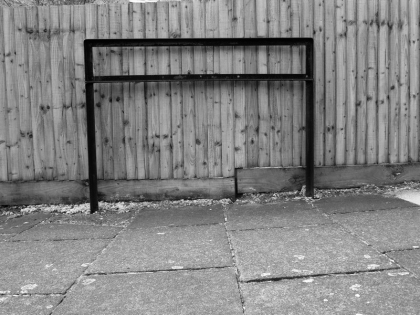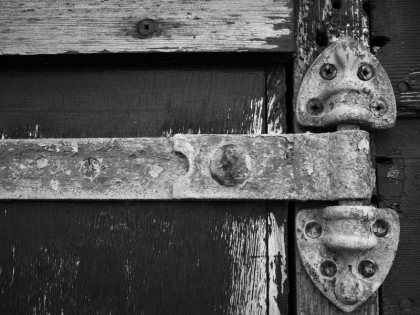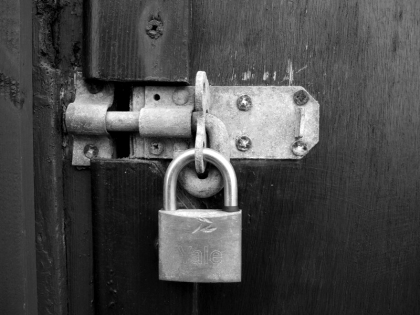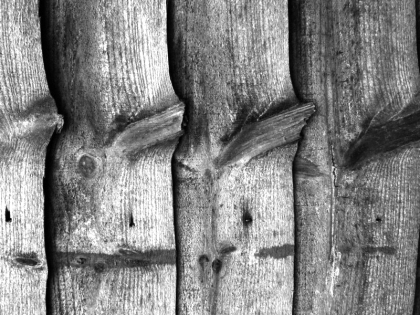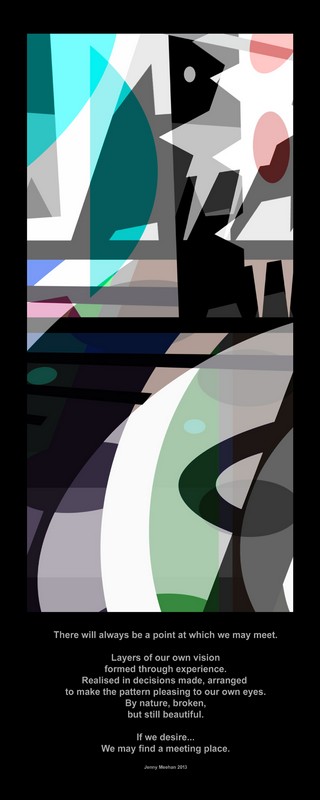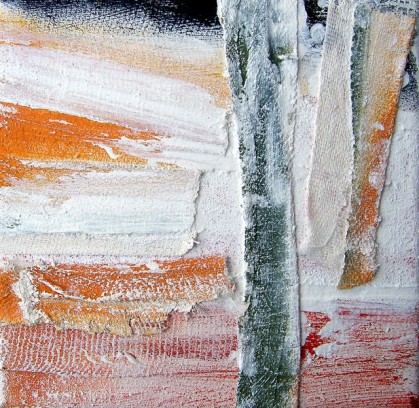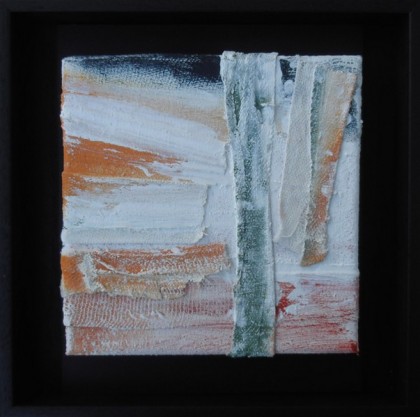Germination Image

germination print jenny meehan jamartlondon© Jenny Meehan. All Rights Reserved;
I have just done some framing. Knee is painful. Knee cap is grating. But framing brings quick and impressive feelings to the forefront of the mind. So nice to see the printed image sitting so comfortably in it’s position.
Escape from Death Image
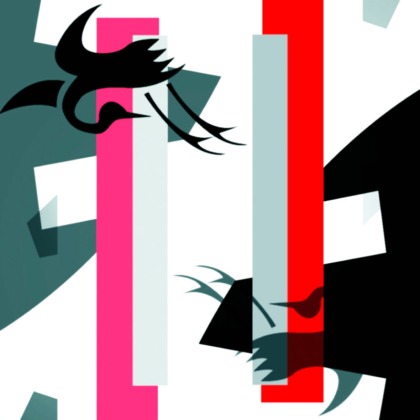
escape from death by jenny meehan graphic print to buy jamartlondon.com© Jenny Meehan. All Rights Reserved
The actual print has less of a colour contrast than how the image shows here on screen. I altered it a bit for the print so it is more subtle.
Knee Replacement Season
Well, I start a new journey soon into the land of knee replacement. So I may be working on some digital images for a while rather than working on larger paintings. I do have some small scale projects I can work on. The months of December, January, February and March tend to be a little more sedentary anyway. So it should work out quite well.
Going into hospital has suddenly reminded me of my “real name”… for I am a Jennifer Meehan not actually a Jenny Meehan. I have used Jenny Meehan since around the age of 18 when I left home. When people call me Jennifer I seem to loose a few years and am reminded of how I was when living at home in my parents house. Well, that is one way to loose a few years I guess! It is odd when you are suddenly referred to with a name you do not use anymore.
Past painting…
Sack of a Great House/Arise, Sleeper
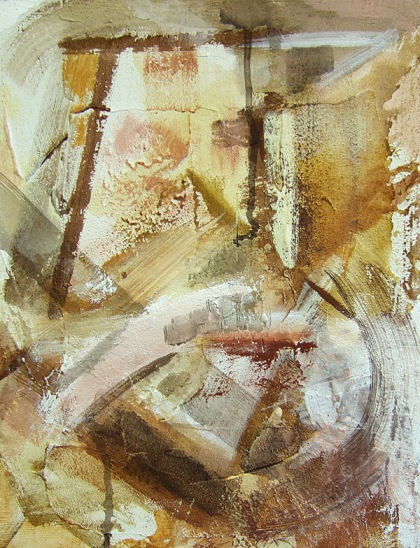
“Arise, Sleeper, Wake/Sack Of A Great House” Jenny Meehan 2010
© Jenny Meehan. All Rights Reserved, DACS
This painting is an early example of my experimentation with texture in my work. It may well be the first time I used fillers of different sorts. That was back in 2010.
Ephesians 5 v14 “This is why it is said: “Wake up, sleeper, rise from the dead, and Christ will shine on you.”
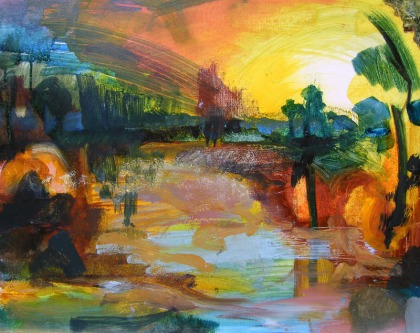
UnderPainting for an Oncoming Vision/The River Within by Jenny Meehan 2010
© Jenny Meehan. All Rights Reserved, DACS
Under Painting for an Oncoming Vision/The River Within is an example of some of my earlier work. In this painting I was experimenting with glazes. Oil on board. In the flesh the painting does radiate light in a very pleasing way. You cannot quite get that from looking at it on a screen.
Interesting information on Gloss and Emulsion Paint
Well, you know I appreciate that this won’t get everyone excited, but for me as a painter when I find nice clear information on paint, I am very happy indeed! Someone mentioned gloss paint to me in conversation and it is not something I have tried, so this maybe something for the new year.
“Gloss or emulsion
When we buy a can of paint we expect to be able to apply it with a brush or roller and for it to dry leaving behind a solid film. To achieve this paints are made up of a mixture of different components. Although paints designed for different purposes will have different formulations, they all have some key features in common.
Paints contain a pigment to give colour, including white; a film former that binds the pigment particles together and binds them to the surface to be painted; a liquid that makes it easier to apply the paint and additives to make the basic paint better to store and to use.
The two main types of paint are gloss and emulsion. (My addition, well, not quite, but for domestic household use, yes!)
Gloss Paint
Gloss paint is widely used because it produces an attractive shiny surface that is so durable that it can be used outside. The binder or film former in gloss paint is called an alkyd resin. This is a long chain polymer made by reacting a vegetable oil such as soya bean or linseed oil with an alcohol and an organic acid. The resin is dissolved in an aliphatic petroleum solvent, so that it can be spread easily. When the solvent evaporates, the oxygen of the air interacts with the resin which results in the formation of cross links between the polymer molecules and produces a strong, dry film.
A typical gloss paint formulation
Component Percentage by mass
Alkyd resin binder 54
Pigment 25
Solvent 17
Additives 4
(Additives might be driers and anti-skin agents)
Emulsion Paint
Some paints are emulsions . They are made up of tiny droplets of liquid polymer binder spread out in, rather than dissolved in water. This emulsion can be spread easily.
The polymer is made by the addition polymerisation of alkene monomers such as ethenyl ethanoate, methyl 2-methylpropenoate and 2-ethylhexyl acrylate. These monomers can be mixed in different proportions before polymerisation to form a co-polymer which has exactly the right properties for the purpose it is to be used for.
After an emulsion paint is applied, the water evaporates and the polymer particles pack closely and fuse together to form a continuous film. The use of water rather than an organic liquid means that emulsion paints produce fewer VOC (volatile organic compounds) when they are used.
A typical emulsion paint formulation
Component Percentage by mass
Co-polymer binder 15 to 23
Pigment (white) 20
Pigment (colour) 0 to 5
Extenders 15 to 25
Water 25 to 50
Additives 2 to 5
(Additives might be antifreeze, dispersing aids, wetting agents, thickeners, biocides, low temperature drying aids, antifoam agent, coalescing solvent, ammonia)”
The above is quoted from: http://resources.schoolscience.co.uk/ICI/14-16/paints/paintch1pg1.html
I am so happy reading this! Crazy, Yes. For sure! Love Paint!
Quotes I like…
This below from http://abstractcritical.com/article/the-language-of-painting/
http://abstractcritical.com/article/the-language-of-painting/
by John Holland
“Though it will deeply pain Mr. Gouk, I agree that art is not a language, except in the most metaphorical way. It’s not true to say that, “If art has a meaning, then it must be a language”; language is a particular conception, and all real languages share certain necessary features,such as modular units that must be arranged according to quite strict syntactical rules if they are to make sense. What are the equivalents in painting of tenses, verbs, word definitions? Any metaphorical application of the word ‘language’ to art (or music) is too vague to be useful. Maths, maybe, is the only thing that might meaningfully be called a non-verbal language.
As Gouk suggests, a work like Finnigan’s Wake pushes the rules about as far as they will go before sense breaks down- which is why, by and large, literature has had to ‘retreat’ since then to more conservative forms. There’s no equivalent in Modernist painting.
Art has meaning, but it lies largely outside language- this is why it fails when it tries to operate in essentially verbally structured contexts like political discourse.”
Art has meaning, but it lies largely outside language- this is why it fails when it tries to operate in essentially verbally structured contexts like political discourse.
Victor Brauner
I have been looking at some work by Victor Brauner recently, who I had not heard of before. Here is some information on him.
Victor Brauner’s multi-media practice is now most closely associated with Surrealism. During his training at the School of Fine Arts in Bucharest, Brauner had in fact developed an expressionist style, which he later abandoned during his involvement with various Dadaist and Surrealist art publications. It was Yves Tanguy who formally introduced Brauner to the Surrealists and instigated his involvement with the movement. His practice, which included painting, drawing, and printmaking, drew from disparate symbolic systems like Tarot Cards, Egyptian hieroglyphics, and ancient Mexican texts. Brauner asserted that all of his paintings were autobiographical in some way. He led a turbulent life of constant displacement; anticipating the danger of World War II, Brauner reduced the dimensions of his canvases such that each could fit in his luggage for emergency travel—he called these his “suitcase paintings.” (quoted from Artsy.net)
And from my reading:
Dialogues; Conversations with European Artists at Mid-Century by Edouard Roditi
An interesting extract:
Victor Brauner interviewed by Edouard Roditi. A small extract from a longer interview.
ER: Do you believe that non formal abstract art can offer an artist a new kind of freedom?
BRAUNER: In theory perhaps, at least as long as it relies on chance to suggest meanings for its formlessness. In practice, however, it generally concerns itself with such problems only superficially and soon degenerates into a style of decoration that lacks any more articulated systems of beliefs, thought and emotion. In any case, such terms as figurative and non-figurative or formal and non formal suggest very superficial categories. An artist such as Paul Klee understood quite properly that he had to try his hand at any style that occurred to his mind, and this is how he managed to leave some works that are figurative and others that are nonfigurative – but all of them equally typical of his very personal genius.
ER So you would not advise an artist to seek too personal a style to which he would remain rigidly faithful in all his work?
BRAUNER : Certainly not. The modern art market requires that an artist specialise and, in the long run, repeat himself too. But what he then produces may no longer illustrate what remains indispensable to him as artistic expression – I mean a sense of adventure, of discovery and perhaps even of danger, of the risk of really making the wrong choice and of losing or destroying himself as an artist. Whenever I face a fresh canvas,I feel like a new man and become an utter stranger in my own eyes. When one faces this mystery of becoming and of self discovery and self-expression as an artist, one can no longer rely very much on what one has already achieved. But this is also why I can never have a very clear long-range plans. I do not want to become a specialist in any strictly limited style or range of subject matter, though I may actually find myself more often preoccupied by some problems or symbols than by others. Nor would I really be able to be such a specialist, even if I wanted. But this problem, fortunately, has never arisen in my life, and this may well be why I continue to feel the need to work and to create, as if I had never yet created anything in the past which I can still recognize as wholly my own”
At the time of this brief interview, Brauner was seriously ill and easily tired. A few weeks later Victor Brauner died and this was his last interview.
Interesting with respect to the matter of repetition, and what a wonderful quote:
Whenever I face a fresh canvas,I feel like a new man and become an utter stranger in my own eyes. When one faces this mystery of becoming and of self discovery and self-expression as an artist, one can no longer rely very much on what one has already achieved.
My own experience for the need for constant jumping into the dark, into the unknown, into the not previously explored avenues of the unfolding process of my painting, and how important it feels NOT to simply do something because it has worked well, or is popular, or has some other reason to be done, finds some agreement here. This may not make commercial sense, however, I ask myself what matters the most and what I personally think more important. Freedom is a key not worth throwing away unless it is absolutely necessary to do so. At the moment I am free to be led by whatever happens next, without needing to know what that whatever will be. I do find that there are distinctive strands in my work, they resurface again and again; it just happens. The art is to look back and consider them from a distance of time having passed, to ask if they have any direction to point one to, and to not force any coherence in one’s work, but simply let it happen.
Suburban Meditations/Painter’s Development Images…
Once more, a look into what caught me when my camera served as my main tool. I am thinking of buying a new camera, but so confused by the choice!!! My extensive archives of imagery lie waiting for resurrection. But it is nice to look back at what I was looking at (and finding interesting) when I took more photographs more than I painted. And then I ask myself what the images are saying to me now. Quite a lot. Of lovely silent words.
Types of metal fixings and neglected structures drew me towards them. Wood and metal were the main materials I took photographs of. I experimented with colour images but in the end presented a lot of my photographs in black and white as the kind of control over colour was too limited with photography, or at least, in my case, with using pretty limited types of photographic equipment and not printing the images myself. I take very few photographs at the present time. I feel I have so many that I have not utilised and engaged with sufficiently. So much material that could bring forth so much. So I have put an end to taking more images at the moment. ( Very occasionally I succumb!) Sometimes I see something I cannot resist, but it is not helpful to try and do too much. We have too many images. This feeling probably accounts for my getting lost (willingly) into abstraction!
There Will Always be a Point at Which We Will Meet
Past Painting and Poem : Bandage Box
Bandage Box
Gently pressed
fabric
laid over a stretched surface,
soaked in milky balm.
I am tenderly
making, building
a new impression with my mind
whose inner wound cannot be bound
but which seeks
to make
new structure.
Jenny Meehan 2013 (written to accompany the above painting of 2013)
There will be some wounding experience with my knee replacement, but wounding with the aim of healing and repair is quite a different matter to wounding with destruction as it’s intent.
And Now…
I have been dwelling on similar material recently… Reflecting on the healing process of painting, because it clearly is a healing process for me. The bringing together, in articulating something, something which I don’t know when I start, but which evolves. The something which is becoming. Bringing into being a painting is like realising an emotion…, or maybe not just emotion, something of the heart; a heart connection and an experience felt. Maybe coming from a memory or experience. That memory need not be explicit and clear but I can still paint from it. Paint from its centre, from the time when it started. It may be from the past but the time doesn’t matter, The main thing is that it is and that I don’t need to ignore it or push it away. So the whole thing about painting for me is that it is about being allowed to be. Being and coming into being. Feeling and experiencing the paint and the material and the process of painting. And for nothing else to matter. There is a space in that which is healing. There is a bringing together and a resolution of something within. There is the fact that it appears and that it now matters. It always mattered but it could not be seen. And there is nothing about that painting which is not me. And there is everything just laid there to see. Which is rewarding. And the work has been hard, not easy. Sometimes easy, in a kind of surprise, but often very hard. But the bringing together of the painting is very rewarding. I feel engaged in life in a way that is essential to my happiness. I think I have written about the psychology of flourishing before on this journal. And that whole thing of “being in the flow” or in your element. I think some of the recent paintings I have been working on this year may touch on both the experience of flow, of happiness and of healing. The relief of coming together.
And here is one of my VERY recent paintings.
This one, “Mending”…It may well acquire an additional title as I continue the phase of contemplation through simple looking for a while. Sometimes over time a painting speaks of something not so obvious at the time of painting, or even just after it.
But this is “Mending” for now.
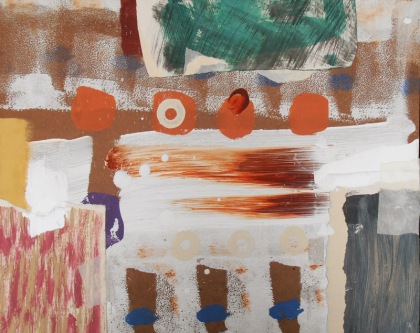
abstract lyrical expressionist british paintings jenny meehan
“Mending” uses a mixture of Keim Optil paint, acrylic paint, and household emulsion. I have also used painted card which is something I have been keen to use for a while. The substrate is hardboard which has a lovely colour which I have left showing in places. There are also some areas of paper tape. The size is just 20x16inches. This is a good size for such experiments as not too big, and I rather like the aspect ratio.
A nice little quote, rather random, but still lovely;
“Conversion, at its root, is not the action performed but the source of that action, the experience of being loved.”
Carroll & Dyckman, quoted from Inviting the Mystic Supporting the Prophet.
That is it for now. Happy Christmas!
